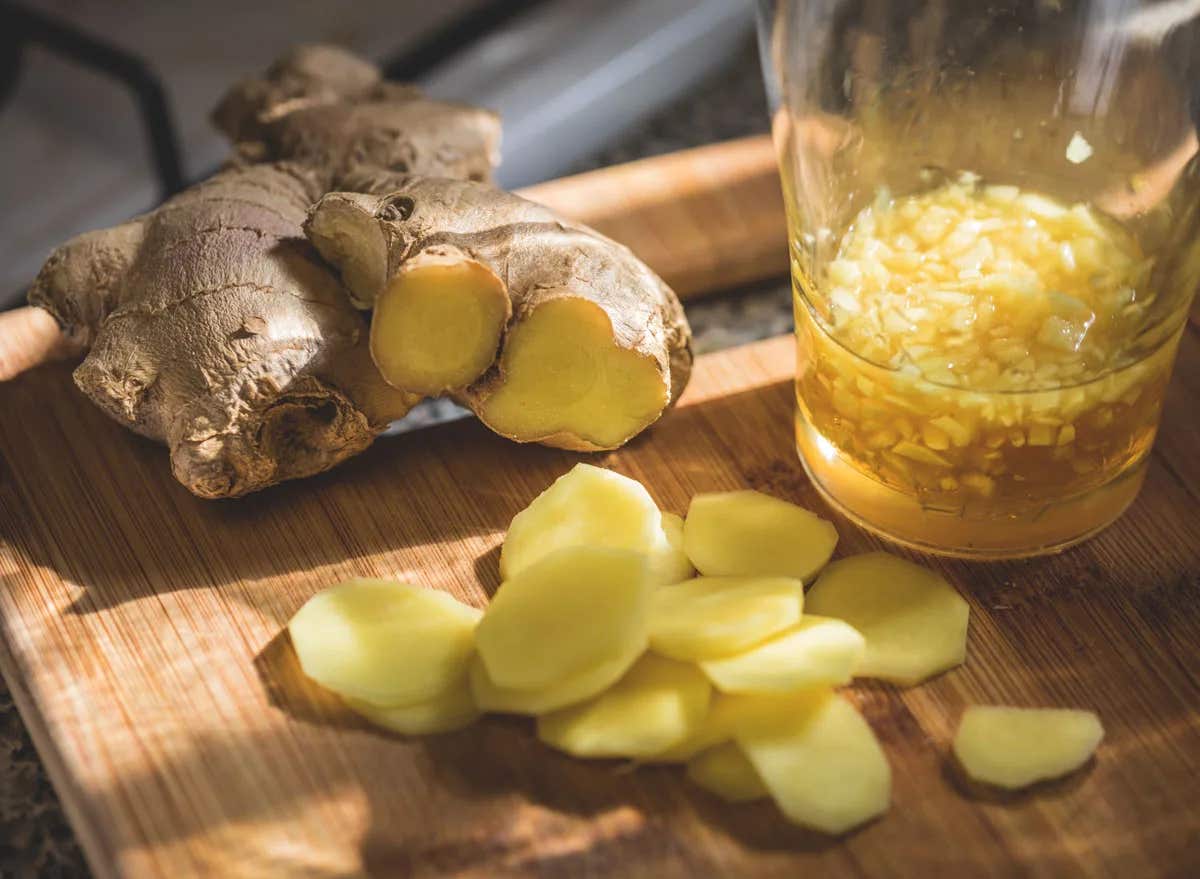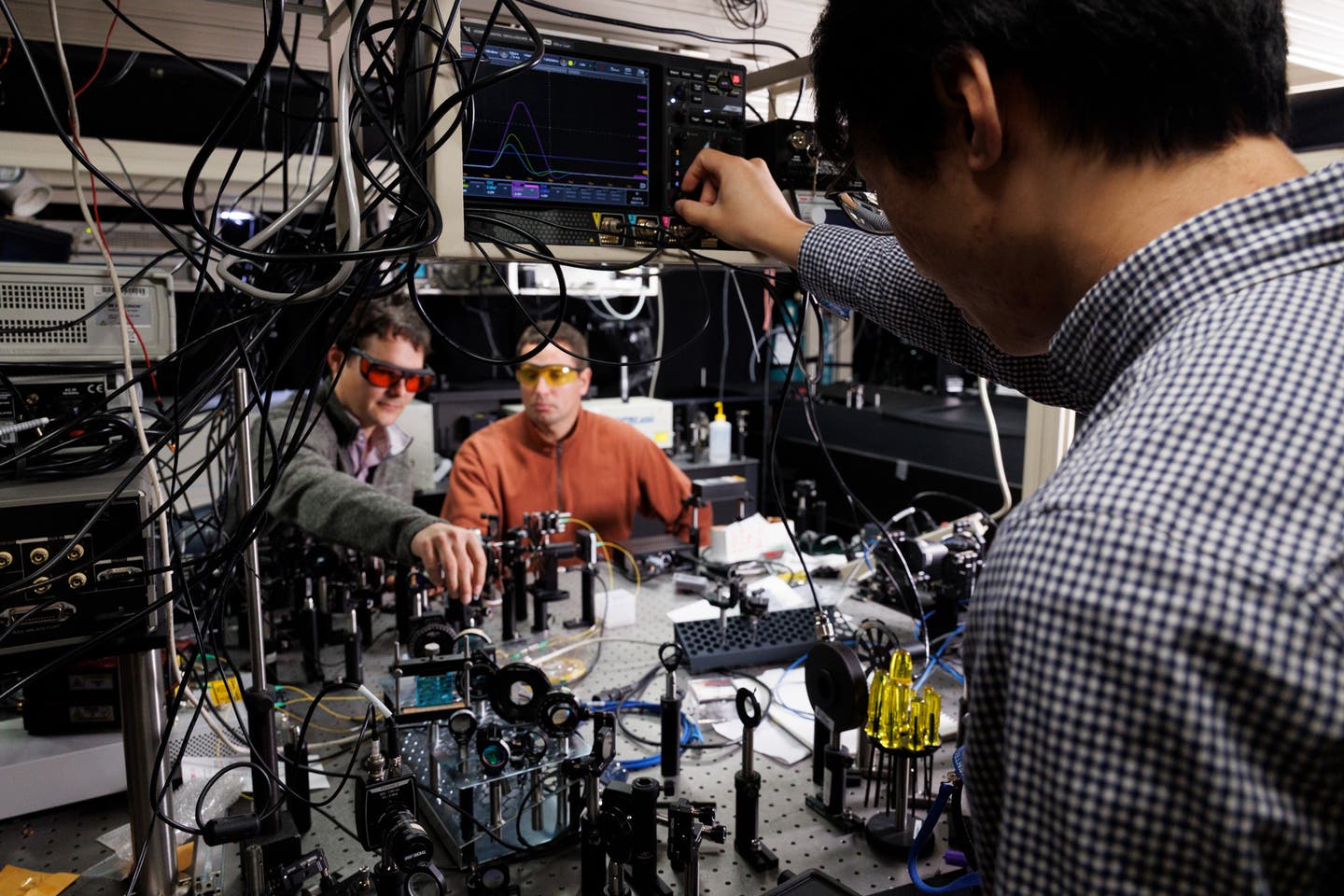Ginger can turbocharge immunity and stimulate white blood cells, study finds
In laboratory tests, small amounts of a pungent ginger constituent puts white blood cells on high alert and stimulates the immune system.

[Feb. 16, 2023: Gisela Olias, Leibniz-Institut für Lebensmittel-Systembiologie an der TU München]
Ginger has a reputation for stimulating the immune system. (CREDIT: Creative Commons)
Ginger has a reputation for stimulating the immune system. New results from the Leibniz Institute for Food Systems Biology at the Technical University of Munich (Leibniz-LSB@TUM) now support this thesis. In laboratory tests, small amounts of a pungent ginger constituent put white blood cells on heightened alert. The study also shows that this process involves a type of receptor that plays a role in the perception of painful heat stimuli and the sensation of spiciness in food.
Whether as a medicinal plant or foodstuff, ginger is also becoming increasingly popular in Germany. According to the German Federal Statistical Office, the annual import volume of the fruity-hot root has almost quadrupled over the last ten years to around 31,600 tons.
However, even though ginger consumption has increased, the question arises as to whether normal consumption levels are sufficient to achieve health effects. And if so, which compounds and molecular mechanisms play a role in this.
Ginger compound enters the blood
To help clarify these questions, a team led by Veronika Somoza, director of the Leibniz Institute in Freising, Germany, conducted extensive research. The starting point was a result of an earlier pilot study, in which first author Gaby Andersen from the Leibniz-LSB@TUM also played a key role.
Related Stories:
As the study shows, significant amounts of pungent ginger compounds enter the blood about 30 to 60 minutes after consuming one liter of ginger tea. By far the highest levels were achieved by [6]-gingerol, with plasma concentrations of approximately 7 to 17 micrograms per liter.
The pungent compound is known to exert its "taste" effect via the so-called TRPV1 receptor, an ion channel located on the surface of nerve cells that responds to painful heat stimuli as well as to pungent compounds from chili and ginger. Since some studies suggest that white blood cells also possess this receptor, the research team tested whether [6]-gingerol influences the activity of these immune cells.
Pungent compound stimulates white blood cells
In a first step, the team succeeded in detecting the receptor on neutrophil granulocytes. These cells make up about two-thirds of white blood cells and serve to combat invading bacteria.
Human leukocytes express TRP-specific transcripts. A) Qualitative PCR analysis of transcripts encoding TRP proteins in primary human bloodleukocytes. B) Quantitative PCR analysis of specific transcripts encoding TRP proteins in primary human blood leukocytes. Data are presented asheatmaps resulting from the q-RT-PCR analyses of up to 10 individual donors. (CREDIT: Advanced Science News)
Further laboratory experiments by the research group also showed that even a very low concentration of almost 15 micrograms of [6]-gingerol per liter is sufficient to put the cells on heightened alert. Thus, compared to control cells, the stimulated cells reacted about 30 percent more strongly to a peptide that simulates a bacterial infection. Addition of a TRPV1 receptor-specific inhibitor reversed the effect induced by [6]-gingerol.
"Thus, at least in experiments, very low [6]-gingerol concentrations are sufficient to affect the activity of immune cells via the TRPV1 receptor. In blood, these concentrations could theoretically be achieved by consuming about one liter of ginger tea," says Gaby Andersen.
Pre-incubation of human neutrophils with [6]-gingerol facilitates ROS production upon fMLF stimulation. (CREDIT: Advanced Science News)
"So, our results support the assumption that the intake of common amounts of ginger may be sufficient to modulate cellular responses of the immune system. Nevertheless, there are still many unanswered questions at the molecular, epidemiological and medical levels that need to be addressed with the help of modern food and health research," concludes Veronika Somoza.
Pilot study: Schoenknecht, C., Andersen, G., Schmidts, I., and Schieberle, P. (2016). Quantitation of Gingerols in Human Plasma by Newly Developed Stable Isotope Dilution Assays and Assessment of Their Immunomodulatory Potential. J Agric Food Chem 64, 2269-2279. 10.1021/acs.jafc.6b00030. pubs.acs.org/doi/10.1021/acs.jafc.6b00030
In the pilot study, subjects drank one liter of ginger tea within 20 minutes on an empty stomach. The tea had been prepared as follows: 100 g of a fresh Chinese ginger was peeled and crushed, brewed with one liter of boiling water, and allowed to steep for 15 minutes. The infusion was then filtered to remove insoluble components. The research group determined the highest average plasma concentrations for the pungent compounds [6]-, [8]-, and [10]-gingerol (42.0, 5.3, and 4.8 nmol per liter, respectively) approximately 30 to 60 minutes after the subjects drank the ginger tea.
TRPV1 stands for: Transient receptor potential cation channel subfamily V (for vanilloid), subtype 1.
For more science and technology stories check out our New Discoveries section at The Brighter Side of News.
Note: Materials provided above by Leibniz-Institut für Lebensmittel-Systembiologie an der TU München. Content may be edited for style and length.
Like these kind of feel good stories? Get the Brighter Side of News' newsletter.



